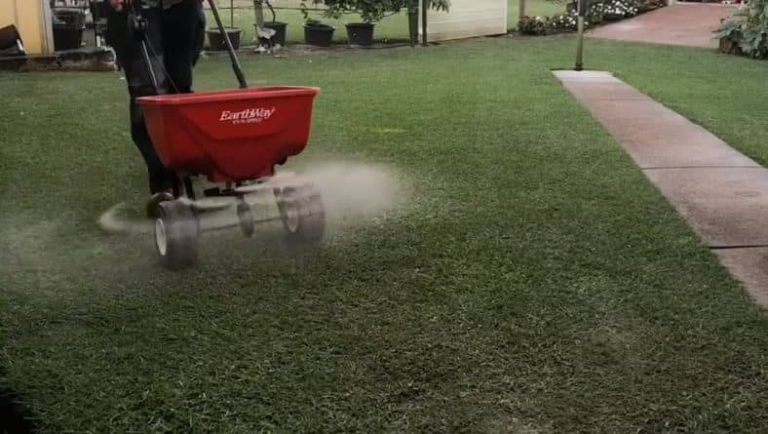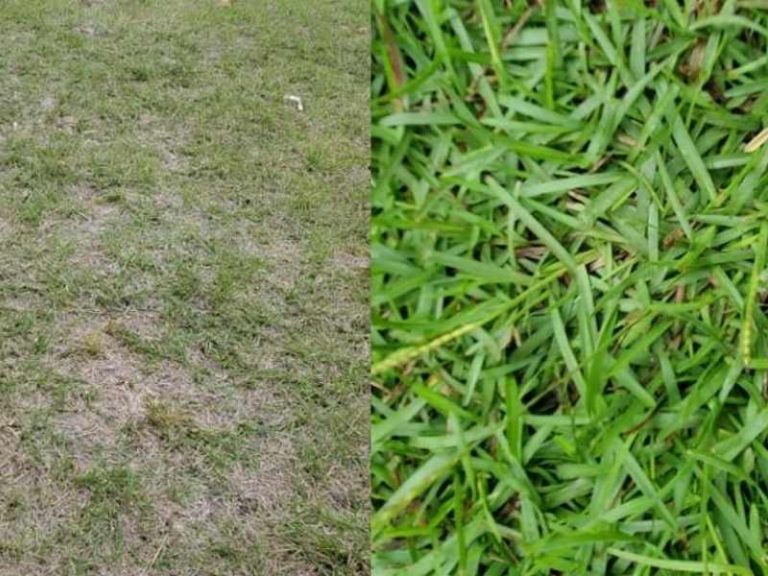Drought Tolerant Grass Alternatives
When you live in a region that gets little rainfall or no rain at all, it can be difficult to keep your lawn looking lush and healthy. What’s more, it could be that you don’t have the time or commitment to regularly irrigate the turf by yourself.
If this is what you’re currently going through, consider replacing your current turf with a drought-tolerant turf grass substitute. These types of grasses are water-efficient and stay green for longer during periods of extended drought.
The best drought tolerant grass alternatives
The best drought tolerant lawn alternatives include tall fescue, fine fescues, Bahia grass, and Bermuda grass. Additional drought-hardy alternatives include sheep fescue, Zoysia grass, Buffalo grass, and St. Augustine grass
Tall fescue
Tall fescue is a drought-hardy turfgrass variety that needs minimal irrigation to thrive. This cool-season perennial has an extensive root system that enables it to draw water from deep in the soil even during periods of prolonged drought.
Tall fescue also boasts better heat tolerance compared to most other cool-season grasses, making it suitable for lawns in places that are prone to heatwaves. It also boasts decent shade tolerance and disease resistance.
However, due to its bunch-type growth habit, tall fescue has poor wear recovery. By comparison, grasses that spread via runners (stolons and rhizomes) have a higher capacity for self-repair. In addition, fescue takes time to spread but you can still make it grow and fill in faster.
Fine fescue
Though slightly less drought-tolerant compared to tall fescue, fine fescue also has decent drought hardiness. The only time a fine fescue lawn needs excess water is when it’s newly planted. At this stage, you should irrigate the lawn with 0.3 inches of water per day until the fine fescue seeds germinate (after 4-8 days).
After the lawn is established, you can gradually reduce the irrigation frequency and withhold irrigation altogether during periods of rainfall. A fine fescue lawn can go for up to 5-7 days without water and still look good.
Note: Fine fescues are the most shade tolerant turf grasses of all. This makes them great for heavily-shaded southern lawns that also experience summer drought.
Buffalo grass
Buffalo grass is another water-efficient turf grass species, requiring only 0.25-0.5 inches of water per week to survive. That’s why this warm-season turf grass stays green even during the hotter months when other turf grasses thin out or go into dormancy.
With buffalo grass, you get more than just a water-efficient lawn substitute, as it’s also a low-maintenance turf grass species. Buffalo grass is a slow grower, thus doesn’t need to be mowed or fertilized as often as other turf varieties.
Buffalo grass also thrives in sunny conditions, making t great for Southern lawns that experience sunny, hot, and dry summers. One major limitation of this turf grass variety, though, is that it has poor traffic tolerance and should not be used on playgrounds or public parks.
St. Augustine grass
Another low-maintenance, drought-resilient grass replacement for your lawn is St. Augustine grass. However, drought tolerance isn’t synonymous with thriving. As such, a St. Augustine lawn may survive dry conditions but won’t look luscious unless it’s well-maintained.
Proper St. Augustine maintenance entails regular mowing at the appropriate height (2.5”-4”) and topdressing the soil to improve its water-holding capacity. Proper maintenance and care will make st Augustine grass grow and spread fast.
Note: St. Augustine grass reacts to drought stress by growing more roots. Under normal soil moisture conditions, this grass species grows roots to about 12-inches or thereabouts. However, during periods of extended drought, the roots can grow as deep as 2 feet or more, allowing the grass to take up more water.
Bermuda grass
Bermuda grass also features excellent drought resilience and is recommended for lawns in arid/ semi-arid regions like Nevada and Arizona. Its roots grow deep into the soil (up to 6 feet deep), enabling the grass to draw water from deep in the soil.
Some of the newer types of bermuda grass hybrids boast even better water efficiency properties than other bermuda grass cultivars. For instance, according to a study by the University of Arizona, TifTuf Bermuda will still maintain its lush green appearance even when fed with 38% less water than other common types of Bermuda.
Bahia grass
Bahia grass is a drought-tolerant turf grass that only needs a little amount of water to stay green. And even if its leaf blades turn pale in the event of extreme drought, this grass species boasts excellent drought recovery and will turn lush green again as soon as you water it. Thus, if you have a large lawn and can’t afford an irrigation system that can cover the entire area, Bahia grass is the way to go.
Note: Bahia grass should only be watered when need be, that is when the leaf blades start to wilt. And even then, this turf grass variety only needs about 0.75-1 inches of water per week. Meanwhile, if your region receives regular rainfall, there’s no need to water your Bahia grass.
Zoysia grass
Despite thriving in high humidity conditions, Zoysia grass also boasts excellent drought tolerance. As such, this turf grass can be grown in regions that experience prolonged hot days in the summer. This explains why Zoysia grass is best grown in USDA zones 5-10.
It`s one of the shade-tolerant low light grass varieties and can withstand high foot traffic. Beware though that Zoysia grass undergoes winter dormancy, but since it’s just as cold-hardy as it is drought-hardy, it’s usually among the first warm-season grasses to come back to life in early spring.
Sheep fescue
Sheep fescue is one of the few cool-season turf grasses that can tolerate dry conditions. This drought-resilient grass needs only about 10-inches of water per year to thrive. In most places around the country, annual rainfall is usually enough to cover this precipitation threshold, with no need for additional hydration.
Sheep fescue is also a low-growing turf grass variety, thus doesn’t need to be mowed often. This turf grass is also cold tolerant and resistant to several turf diseases. On the downside, though, sheep fescue’s ‘messy’ growth habit isn’t considered aesthetically pleasing by many turf professionals and enthusiasts.
Why choose a drought-tolerant lawn alternative?
- Water Efficiency– a drought-tolerant lawn alternative uses less water than normal turfs. This comes in handy when you need to conserve water resources. In desert states like Arizona, for example, the water supply may sometimes be limited.
- Lower Maintenance Requirements– since a drought-tolerant turf can go for days without water, you don’t have to water the lawn often. This is great if you’re a busy person and don’t usually get enough free time to be able to tend to your lawn. What’s more, most drought-tolerant turf grass varieties also happen to be slow-growers or grow low/close to the ground, reducing the need for frequent maintenance by mowing.
Difference between drought-resistant and drought-tolerant grass alternatives?
Though the terms ‘drought-resistant’ and ‘drought-tolerant’ are often used interchangeably when discussing turf grass properties, they don’t exactly mean the same thing. A drought-tolerant turf grass species can stay thriving for weeks with little water. A drought-resistant grass species, on the other hand, can survive for months without water.
One characteristic of drought-resistant grasses is their ability to go dormant for long periods of drought without dying. Bermuda grass, for instance, can withstand extended drought periods of about two months, before going dormant for a further 3-4 weeks. As such, Bermuda grass can survive for up to 3 full months without water, making it the most drought-resistant turf grass species.
Note: Floratam cultivar of St. Augustine is another drought-resistant turf grass as it can go for 2 months without water before dying.
Drought-tolerant turf grasses, on the other hand, can’t withstand drought conditions for that long, neither is their dormancy period that extensive. Fine fescues and tall fescues are good examples of drought-tolerant turf grasses that don’t quite qualify as drought-resistant plants.
References
- University of Florida, Gardening Solutions: Bahia Grass
- C.M. Baldwin, H. Liu, L.B. McCarty, and W.L. Bauerle: Drought Tolerance of Six Bermuda grass Cultivars



